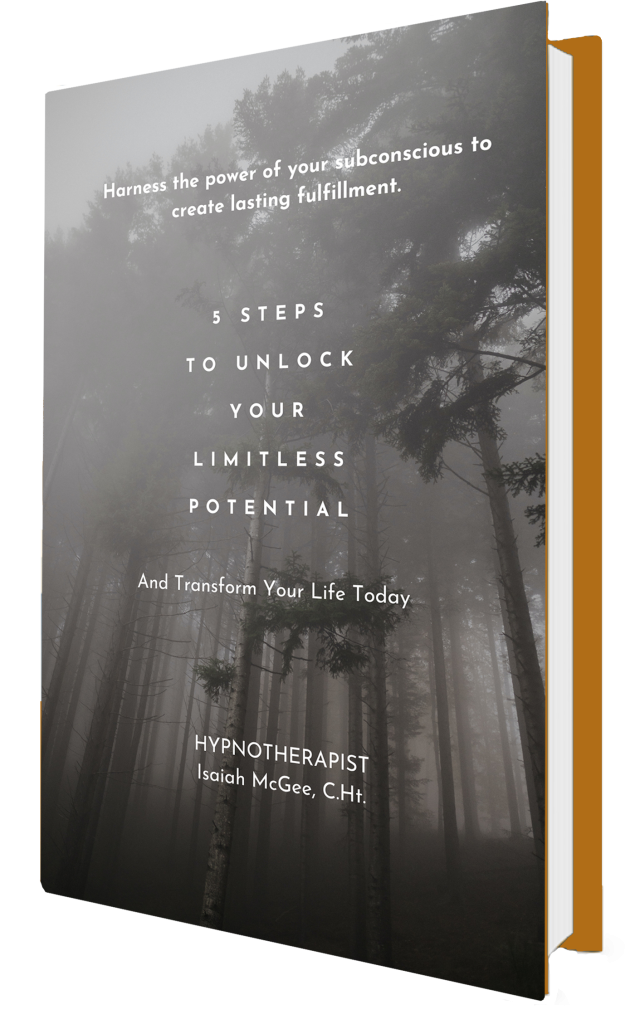Attempts at figuring out how to solve a problem does not necessarily employ creative thinking. If thoughts on how to resolve an issue are quarantined within rote, habitual thinking and perceptions then creativity is restricted and often times blocked. The old saying that ends with, “… doing (thinking, perceiving) the same thing and expecting a different result” is an apt reflection of typical problem-solving approaches.We do not intend to become the victim of our habits we just do. Habits engender familiarity, familiarity creates a sense of safety. We often tolerate our limitations (problems) because unconsciously the sense of safety from familiarity trumps the unfamiliarity of resolution. We may know what it’s like to struggle with certain issues (familiarity) but we may not know what resolution feels like (unfamiliarity).
The definition of creativity states in part, “the ability to transcend traditional ideas, rules, patterns, relationships, or the like, and to create meaningful new ideas, forms, methods, interpretations, etc.” So, how do you transcend “traditional” (habitual) thought ideas and perceptions? The following steps can significantly inform your problem-solving approaches with transcendent potency for resolution.
1. Release ‘Deficit Consciousness’
There is a tendency to focus on shortcomings and take advantages for granted. This causes us to see the reasons why something cannot work rather than how it can. The habitual thought-perception to be transcended here is the “deficit consciousness.” If lack of money is a debilitating factor chances are you are focused on what you do not have rather than what you do. What is in your “storehouse?” In other words, what resources via talents, skills, or commodities can you leverage to generate income or perhaps barter services? If relationships are a challenge, reflect on what conscious or unconscious assumptions (traditional thoughts) you make about them that become self-fulfilling prophecies. If health is a challenge, consider stepping outside the box of whatever traditional (there’s that word again) healthcare methodologies are employed and perhaps explore complimentary or well-researched other modes of healthcare to address chronic issues. Complaining is often a traditional mode of response rather than investigation as a transcendent, creative approach to issues.
2. Engage a Self-Perception Make-Over
Take one of two sheets of paper and draw a large square. In that square list the perceptions you have of yourself based on your chronic issues/problems. Examples: you might not see yourself as a physically active person because you’ve been inactive. You might not see yourself as one who has a knack for investing because you’ve never had the wherewithal with which to do so. You might not see yourself as a capable entrepreneur because you’ve struggled in business. You perhaps see yourself as unsuccessful in love because of experiences, etc. After you fill this square with perceptions of yourself based on the issues that plague you, see it as a mirror of your unconscious self-perception. See it as a reflection (literally) of your conditioning not your worth! With the second sheet, draw another square and list the things you genuinely desire to do, express and experience. Now see this second “mirror” as a reflection of yourself sans your conditioning! Creative thinking flourishes in an unconditioned mindset and stagnates in conditioned perception. (Ever seen the creativity in a child’s sidewalk chalk drawing? The unconditioned mind is fertile ground for creativity!) Ball up the conditioned sheet of paper and throw it away! And take the second sheet and begin asking yourself, “how does this person approach the issues before me?” Refer to “that person” frequently when addressing what confronts you. This will inspire creative thinking for resolving the challenges that appear to constrict your possibilities.
3. The Three-Round Engagement
Everybody has something that has occurred very subtly to them at least three times to do, investigate or engage. What happens is that the idea encounters your traditional, conventional thinking which bats it back to the recesses of your creative potential until it rears up again! (Hence the at least three-time thought occurrence of the idea. It is your creative impulse attempting to express!) Do. That. Thing! Take the yoga classes that have occurred (and re-occurred) in your mind! Contact that person you think will be surprised you reached out to them for whatever the reason may be. Try that experiment with that idea that keeps coming back to mind!
This road map for creative thinking is not to say that one has not necessarily put forth sincere efforts in resolving issues, but it is to indicate that not all efforts stem from true creative (transcendent) origins (re-read the definition of “creativity” at beginning of this post). Ultimately, creative thinking solves problems because all problems are in someway a reflection of stagnation. Creative thinking is freed up when conventional thoughts and self-perceptions are sacrificed for the unconditioned residing within you.

